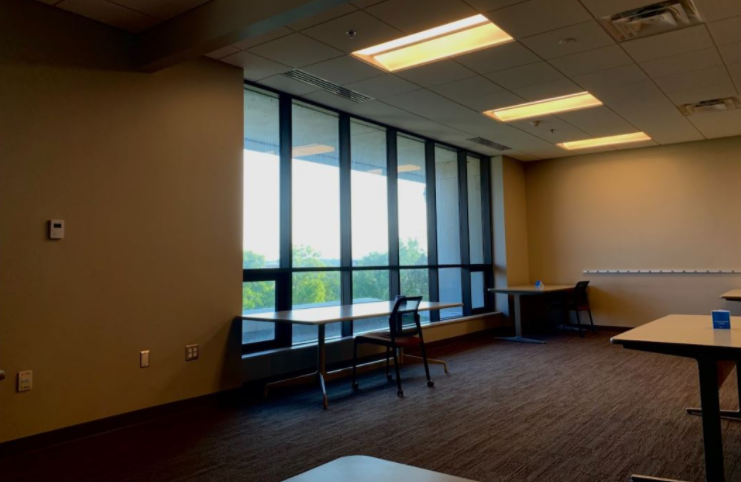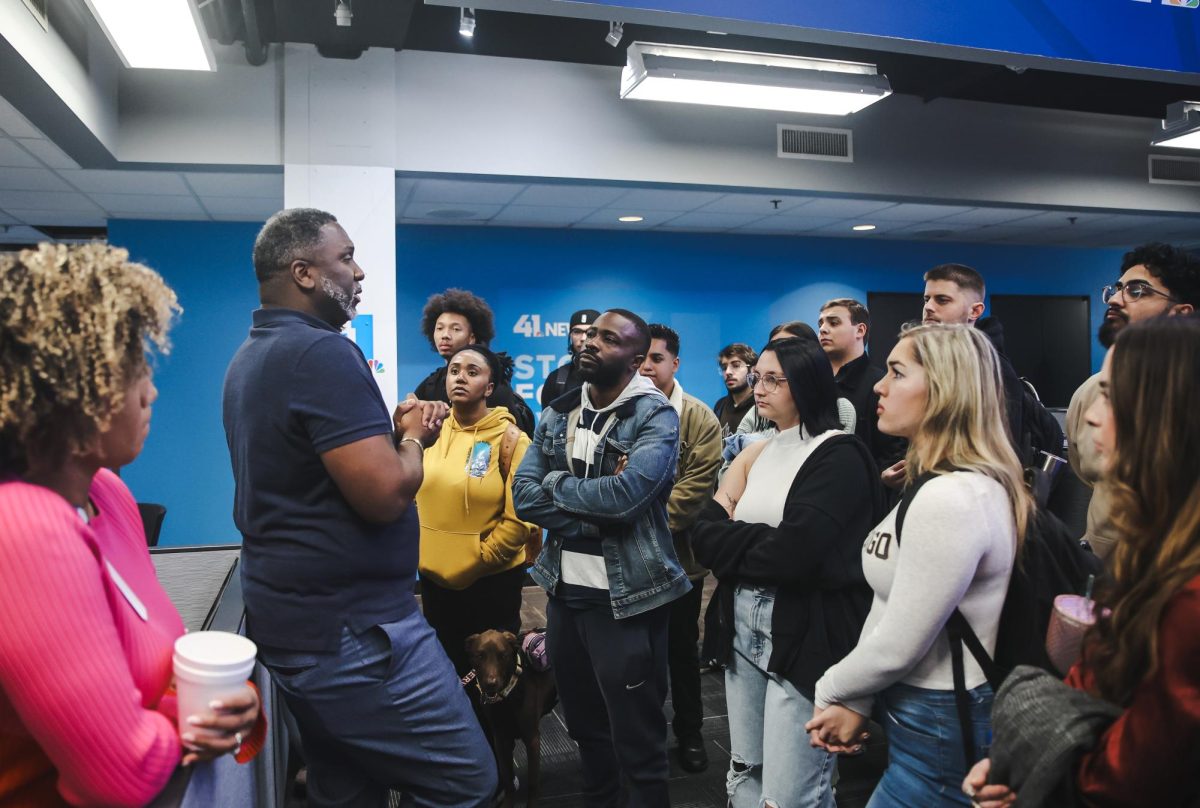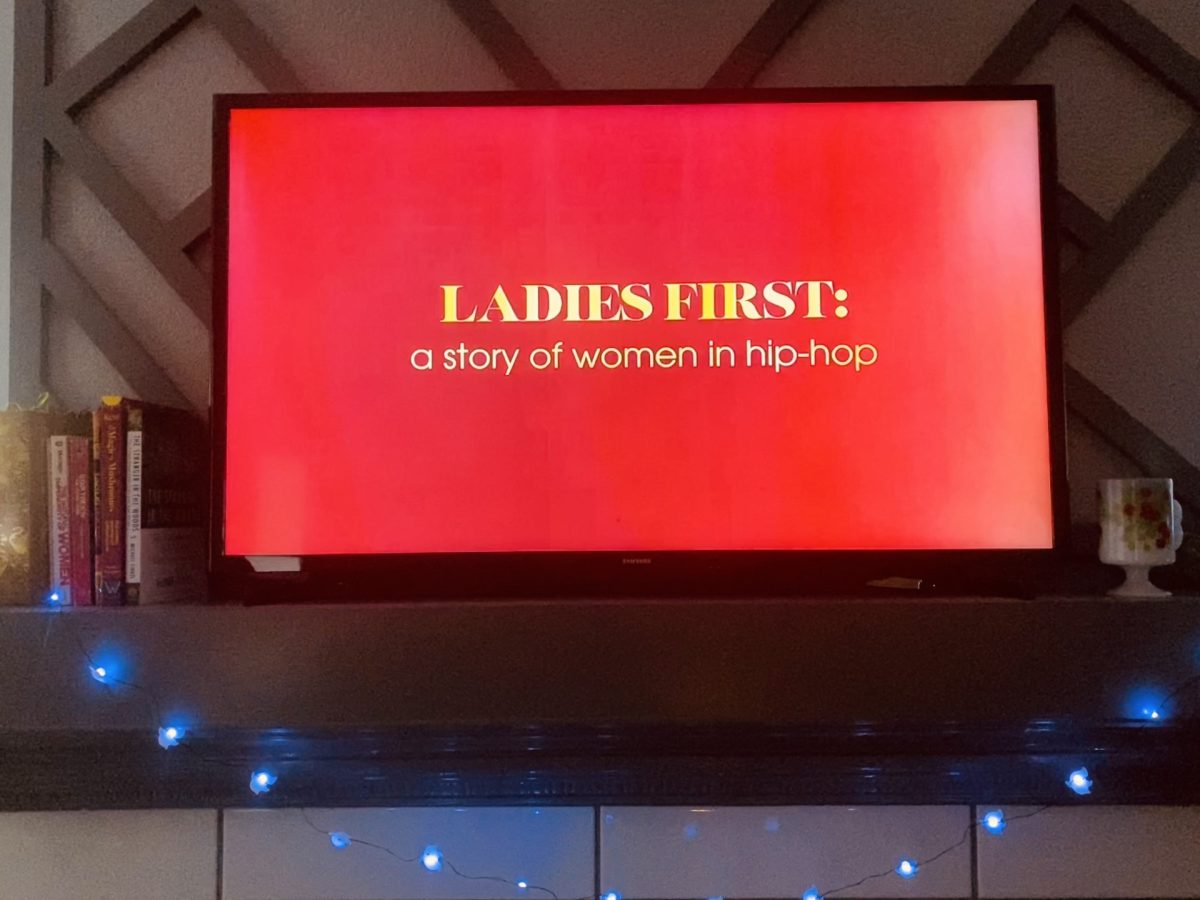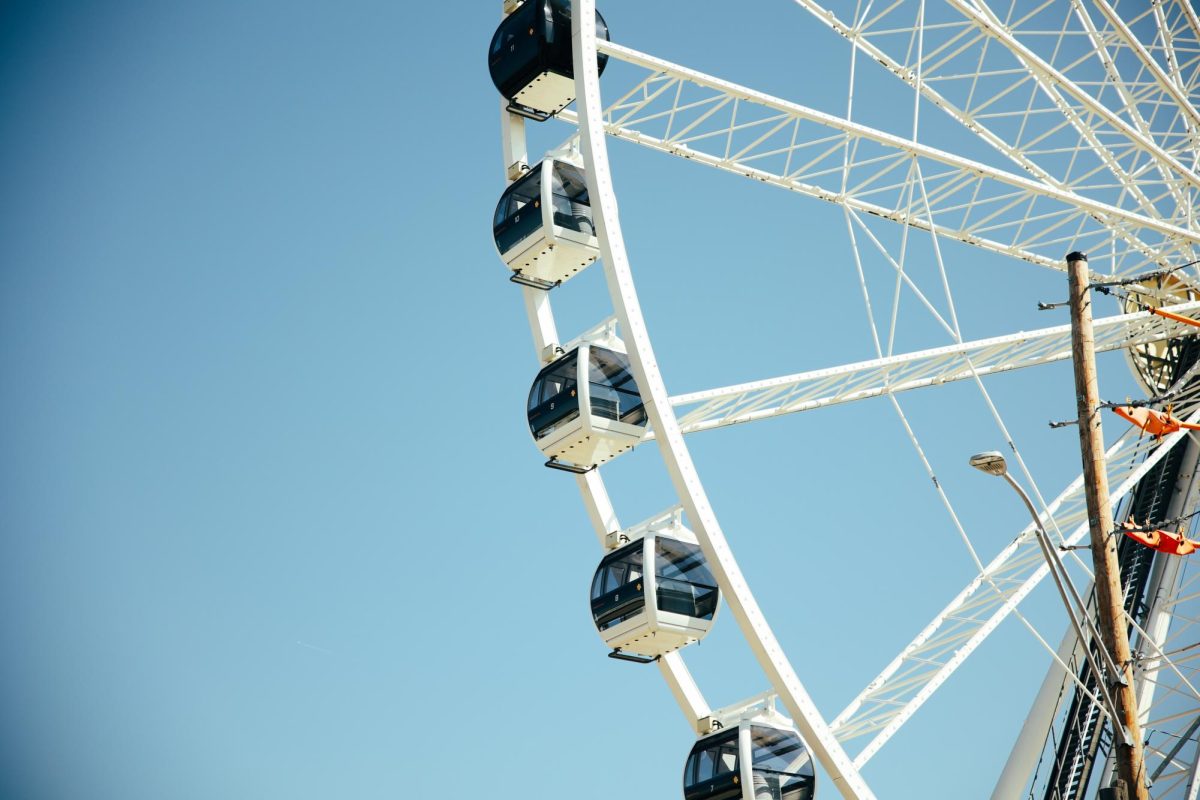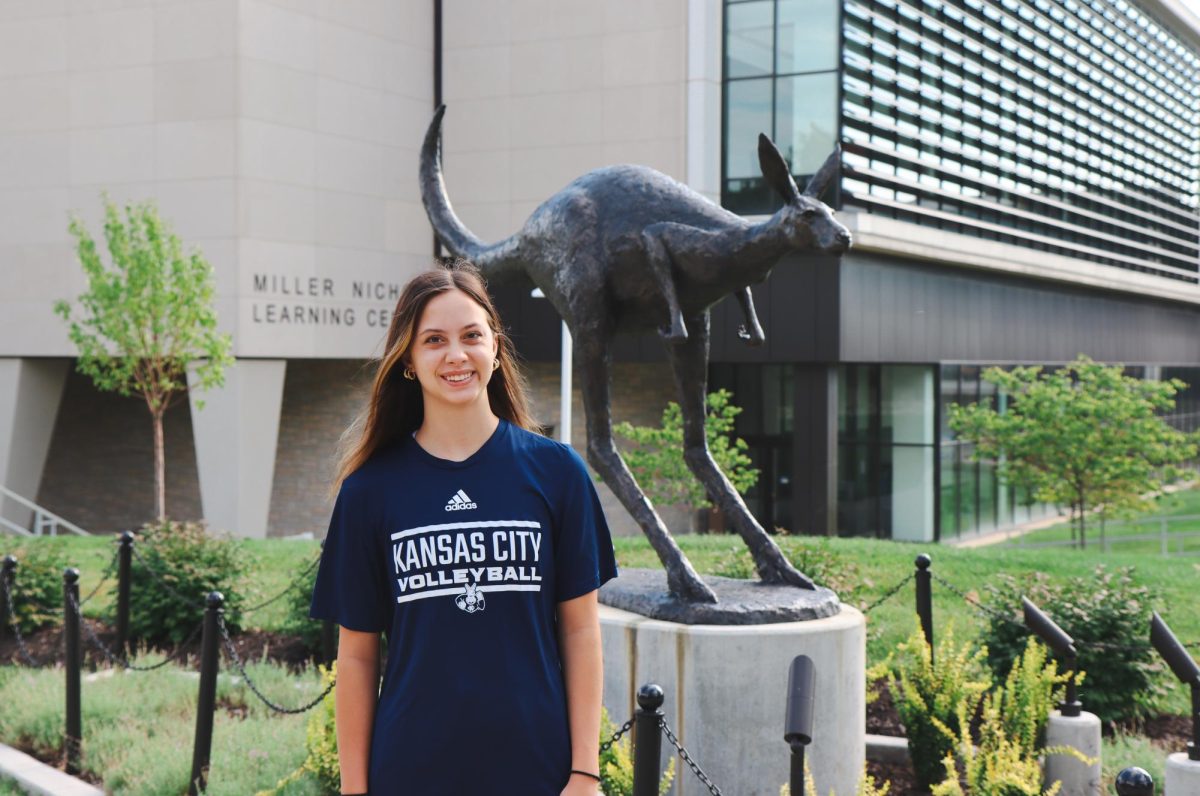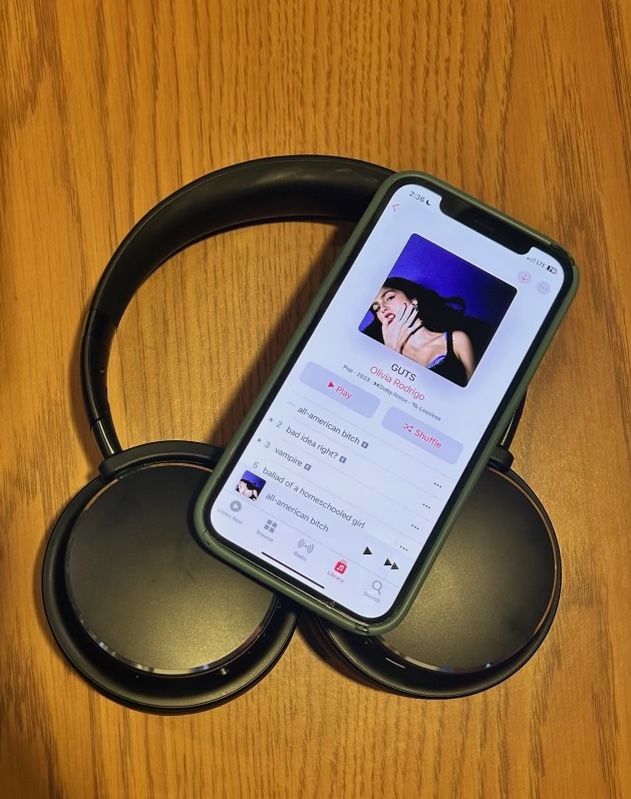Where can you find Chick-fil-A, lukewarm coffee, a bag of baby carrots and Mediterranean food all in one place?
Just seven months ago, you could stumble across all of these things on the second floor of UMKC’s Miller-Nichols Library.
Like many freshmen, last year the workload and pace of university courses quickly became overwhelming when I neglected to be diligent in my studies. The way I remedied this was through the accountability of my friends from church who also attend UMKC.
Sometimes we would spend more time talking than working, or other times our hours of studying would be concluded with some falafel from Sahara, a restaurant near campus. During finals week there would be messages sent out in our group chat after 11 p.m. – “anyone still at the library studying?”- and one by one the sleep-deprived responses would chime in affirmatively.
One of the friends I frequently studied with was Samuel Miles, a junior majoring in electrical engineering. Prior to the pandemic and subsequent restrictions, Miles noted, “I preferably study with other people to keep me focused.”
Social distancing restrictions necesitate increased self-discipline for course work, and for younger students this can often be a jarring shift. “I must be far more rigorous in my schedule-keeping,” said Miles.
In the midst of the coronavirus pandemic, study culture itself has experienced some turbulent transitions. Social distancing guidelines affix a certain degree of fear and disapproval upon any in-person exchanges on campus, of which study groups are paramount. The former three-to ten-person group I studied, talked, laughed, stressed and ate Chick-fil-A with has suffered a silent diaspora. In its place are the solitary hours spent poring over textbooks or staring at a computer screen. Texts, group chats and other communications with friends offer little respite from the stifling isolation of solo studying.
This has been pervasive across many campuses in the United States. At UMKC’s Miller-Nichols Library specifically, a host of rules constrict library activity with the goal of preventing an outbreak. These rules include wearing a mask at all times except during food and beverage consumption, study room occupancy limits and employees regularly wiping down tables, chairs and equipment. Drinking fountains have been turned off. Hand sanitizer dispensers are around every corner. Additional employees frequently patrol the floors to ensure that these guidelines are being followed, offering the occasional reprimand when the rules are broken.
Just this past week, even more stringent measures have been instituted. Now, students are being required to complete a form and listen to an employee briefing before they can even enter the library. This briefing counts as a warning, so if any student patron is caught breaking the rules it is reported directly as a student conduct violation.
With all the guidelines in place and the majority of courses being conducted in a strictly virtual format, many students no longer see the necessity of leaving their houses, dorms and apartments to do work, especially with the inherent dangers of being in public.
“I’ve been [to Miller-Nichols] once,” Miles reflected on these first few weeks of the fall semester. “The library is less of a gathering place than it is a monument to what it was.”
Studying in a library is now a paradoxically solitary occupation, even when one is surrounded with other students. The baby carrots, Mediterranean food and close friendship that used to color the tables of the second floor of Miller-Nichols have now been relegated to memory. At the tables where four or five other friends used to sit there are now stickers that read “occupancy limit: 1.” A small, sobering reminder of their absence.
ary7n@mail.umkc.edu


